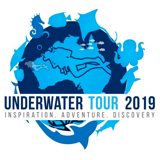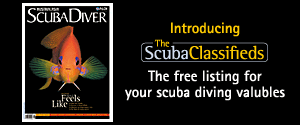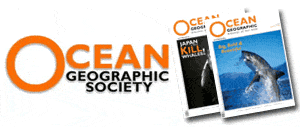- Home
- Directory
- Shop
- Underwater Cameras - Photographic Accessories
- Smartphone Housings
- Sea Scooters
- Hookah Dive Systems
- Underwater Metal Detectors
- Dive Gear
- Dive Accessories
- Diving DVD & Blu-Ray Discs
- Diving Books
- Underwater Drones
- Drones
- Subscriptions - Magazines
- Protective Cases
- Corrective Lenses
- Dive Wear
- Underwater Membership
- Assistive Technology - NDIS
- On Sale
- Underwater Gift Cards
- Underwater Art
- Power Stations
- Underwater Bargain Bin
- Brands
- 10bar
- AirBuddy
- Akona
- AOI
- Apollo
- AquaTech
- Atomic Aquatics
- aunoc
- AxisGo
- Backscatter Underwater Video and Photo
- BLU3
- Buddy-Watcher
- Cayago
- Chasing
- Cinebags
- Contour
- Deepblue
- Devilite
- Digipower
- DJI
- Dyron
- Edge Smart Drive
- Eneloop
- Energizer
- Exotech Innovations
- Fantasea
- FiiK Elektric Skateboards
- Garmin
- Geneinno
- GoPro
- Hagul
- Hoverstar
- Hydro Sapiens
- Hydrotac
- Ikelite
- Indigo Industries
- Inon
- Insta360
- Intova
- Isotta Housings
- Jobe
- JOBY
- Kraken Sports
- LEFEET
- Marelux
- Mirage Dive
- Nautica Seascooters
- Nautilus Lifeline
- NautiSmart
- Nocturnal Lights
- Nokta Makro
- Ocean Guardian
- Oceanic
- Olympus
- OM System
- Overboard
- Paralenz
- PowerDive
- QYSEA
- Ratio Dive Computers
- Scubajet
- Scubalamp
- Sea & Sea
- SeaDoo Seascooter
- SeaLife
- Seashell
- Seavu
- Shark Shield
- Sherwood Scuba
- Spare Air
- StickTite
- StormCase
- Sublue
- Suunto
- SwellPro
- T-HOUSING
- Tusa
- U.N Photographics
- Venture Heat
- XTAR
- Yamaha Seascooter
- Youcan Robot
- Zcifi
How anglers are killing the grey nurse shark
Some legal action to push the Australian government to do more about the conservation of Grey Nurse Sharks than just announcing the fact is is now critically endangered is underway at the moment. The story in Sydney Morning Herald today:
Legal action to save an endangered shark could, if successful, put further restrictions on the fishing fraternity, writes Wendy Frew.
GREATER restrictions on commercial fishing, including fishing bans on some parts of the NSW coast, may have to be enforced if legal action aimed at protecting the grey nurse shark is successful.
The Nature Conservation Council of NSW began proceedings in the Administrative Appeals Tribunal yesterday challenging a decision by the Federal Government last year to declare the Ocean Trap and Line Fishery a wildlife trade operation.
The environment group says the fishery - one of eight major marine and estuarine based commercial fisheries in NSW - further threatens the critically endangered shark, in contravention of the Federal Government's Environmental Protection and Biodiversity Conservation Act.
However, if the case is successful it will be the NSW Government that will have to enforce changes to commercial fishing.
"Commercial and recreational fishing threatens the very survival of the grey nurse shark, and that's why we're seeking to ban fishing in places where the shark is known to live and breed," said the council's executive director, Cate Faehrmann.
The federal and state governments declined to comment while the case was before the tribunal.
With fewer than 500 grey nurse sharks on the east coast of Australia and one shark killed by human activity each month, the species could become extinct within 10 years, conservationists say.
The council yesterday said it hoped the tribunal would impose conditions on the fishery that would lead to the creation of marine sanctuaries at 16 grey nurse shark habitat areas under state control, including Magic Point near Maroubra and South West Rocks. Two habitat areas under federal jurisdiction may also have to be declared marine parks if the tribunal rules in the council's favour.
A key requirement under Australia's Environmental Protection and Biodiversity Conservation Act is that a fishery not put at risk the survival of a threatened species.
For the full story go to http://tinyurl.com/2las2d
![]() Contributed by Tim Hochgrebe added 2007-04-17
Contributed by Tim Hochgrebe added 2007-04-17
Replies of 3
- PhillipB added 2007-04-17
The NCC has as stated aim of banning all fishing from between 30 to 50% (depending on which spokesman you listen to),of all NSW waters. There is a strong case that the GNS is being used as leverage to meet these stated aims. With regard to these aggregation sites the NCC does not mention in its statement that the GNS ranges huge distances outside these sites and will still be vulnerable to being hooked or caught in beach shark meshes. In Otway's original paper he said that to help the GNS that ALL commercial and recreational fishing be banned from the coast to the continental shelf and beach meshing be banned 365 days per year. This totally unreasonable plan might only put off its extinction by a few decades based on Otway's estimate of the population.
Now evidence has come to light that there may be far more GNS in our waters than the 500 the NCC claims. Data from the Peterson tag recovery survey which did not fit the 500 estimate was disregarded - it has been suggested fraudulently so.
The headline is also very misleading as anglers have no interest in interacting with the GNS. It is possible to fish near an aggregation site with angling methods with little chance of hooking one. Commercial set line are far more likely to hook a GNS.
- PhillipB added 2007-04-20
The Narooma Port Committee demands a Judicial Inquiry into the Grey Nurse Shark.
The Chairman of the Narooma Port Committee, Dr. Philip Creagh, claimed that legal action, taken by the Nature Conservation Council (NCC) this week in the Administrative Appeals Tribunal, to close down the New South Wales Ocean Trap and Line fishery because of the perceived threat to the Grey Nurse shark, may be based on flawed science and a gross under-estimation of population of the Grey Nurse Shark.
The Narooma Port Committee demands that a Judicial Inquiry be made into the actions of the Conservation section of the NSW Department of Fisheries, NSW Department of Conservation and the Nature Conservation Council (NSW). He went on to explain "The NCC's case hinges on a study done by the NSW Department of Fisheries, Conservation Research Section in 2003, which attempted to clarify the numbers of Grey Nurse Sharks off the NSW Coast. This study produced an estimate of 410 to 461 GNS with an upper limit of 766."
"Documents released to The Hon. Jon Jenkins MLC by the Minister for Fisheries on the last sitting day of the NSW Parliament in 2006 have shown that this study may have serious flaws.
It is important to understand the way the data was gathered and the statistical methods used behind the calculations.
In 2002, 24 Grey Nurse sharks were tagged with a cattle tag in the dorsal fin and released carefully back into the water. A major potential for serious statistical error occurred at this point. Only 4 sites were selected for the capture and tagging of the Sharks between Eden and Bundaberg, a distance of about 1500kms.
The tagged sharks were given time to mix and migrate within the general population. In June 2003 a "tag sighting survey" was performed. Scuba divers and Freedivers dived on 44 known Grey Nurse habitat sites. The numbers produced by the survey showed that a total of 313 GNS were seen. Nineteen sharks were seen with tags. This figure represents 80% of the total number of tagged Grey Nurse sharks. From this number the calculation was made as to GNS in NSW waters and presented as a report to NSW Fisheries.
However, it has been claimed that there were, in fact, two datasets done in the June 2003 Survey. Scuba Divers, who dived on 27 sites, saw a total of 137 GNS ... remarkably they saw 18 tagged sharks. Freedivers, who dived on 15 different sites, saw 176 GNS, however they only noted ONE tagged shark. The disparity of these results should have alerted the researchers to the potential for a serious statistical anomaly.
A second survey was done in August 2003 to verify the results from the June survey. This survey has never been made available to the public until now. The results of this survey are chilling to anyone who understands population dynamics of wildlife. There were 162 GNS seen at 27 sites. NO tagged GNS were seen at this survey.
Various excuses have been given by the Department of Fisheries as to why this second survey was NOT noted in the final calculation. However, nothing can resile from the fact that if 162 GNS were seen, then the law of probability would be that about eight tagged sharks should have been seen."
Dr. Creagh concluded "the Narooma Port Committee remains gravely concerned at the nexus between the Conservation section of NSW Department of Fisheries, NSW Department of Conservation, the Nature Conservation Council and the Environmental Defender's Office in their vexatious litigation in the NSW Administrative Appeals Tribunal this week."
"To effectively close down the NSW Ocean Trap and Line Fishery and recreational fishing at popular fishing spots is yet another unwarranted attack on the economic health of rural and regional New South Wales by State Government funded, Sydney based, extreme green Conservation groups."
END
- PhillipB added 2007-06-02
Here's more that you won't hear from the NCC:
Ron "Rabbit" Warren, Environment writer April 1, 2007
CLAIMS that a species of shark in NSW were on the brink of extinction have been challenged by a leading biologist who insists the truth has been lost in the frantic rush for headlines.
The 1994 claim of the sharks disappearing spawned international media coverage on the back of the claim that the sharks were wiped-out by spear fishermen with explosive powerheads.
An item by biologist Alfred Greer published this month claims the evidence for this link is weak, but has been allowed by a decision to put the publicity and promotional value of the discovery ahead of the scientific reality.
Dr Greer said there was almost no evidence to support the claim that the grey nurse shark 'demise' was anything less than inacurate sightings based almost entirely by dive tour operaters who were themselves responsible for scaring the shark from its favoured resting places, but was fuelled by a scientific and media race to earn accolades and publicity from such a story.
It was more appropriate to claim that the sharks, which are now present in many previously unknown diving locations were probably always there and were simply not counted by the sole state fisheries biologist in charge of gathering evidence to support the hysterical claims, he said.
While the distinction may seem subtle, Dr Greer said a more modest, if not realistic, interpretation would not have captured the public's imagination.
"The story behind the Grey Nurse shark story is revealing for how scientific caution and balance can be lost when a discovery is pitched to maximise public notice," he said.
Dr Greer's theory was challenged by the executive director of the former Manly Marinelands in Sydney, Tom Bentwistle, who said there was a lot of evidence showing the Grey Nurse sharks were an endangered species that could be best seen in an aquarium.
Despite the attractiveness of the story behind the shark vanishing, scientists were extremely circumspect in leaping to conclusions, which resulted in the sharks being given total protection in Queensland and New South Wales, he said.
"What we've got with the Grey Nurse shark is a link to climate change and seasonal crop variations similar to that with kangaroos. In good times the shark population is high and balanced by available food supply. In a poor season the sharks withhold giving birth, Dr Bentwistle said.
The Royal Taronga Park Zoo has propagated siblings from a female Grey Nurse shark. An example of the shark can be seen in their aquarium for an admission fee of $5 daily.
Underwater photographer Adam Hews introduced his grandchildren, Jack Evans, 75, and Evie Evans, 93, to one last week.
Replies of 3
![]() Login or become a member to join in with this discussion.
Login or become a member to join in with this discussion.

 Sea-Doo Seascooter Australia
Sea-Doo Seascooter Australia
Exclusive official distributor and dealer for SEA-DOO Seascooters in Australia and New Zealand. The revolutionary SeaDoo Seascooter series feature the lightest and most efficient personal water propellers in the world at a price that won't break the bank.
Shopfront
-
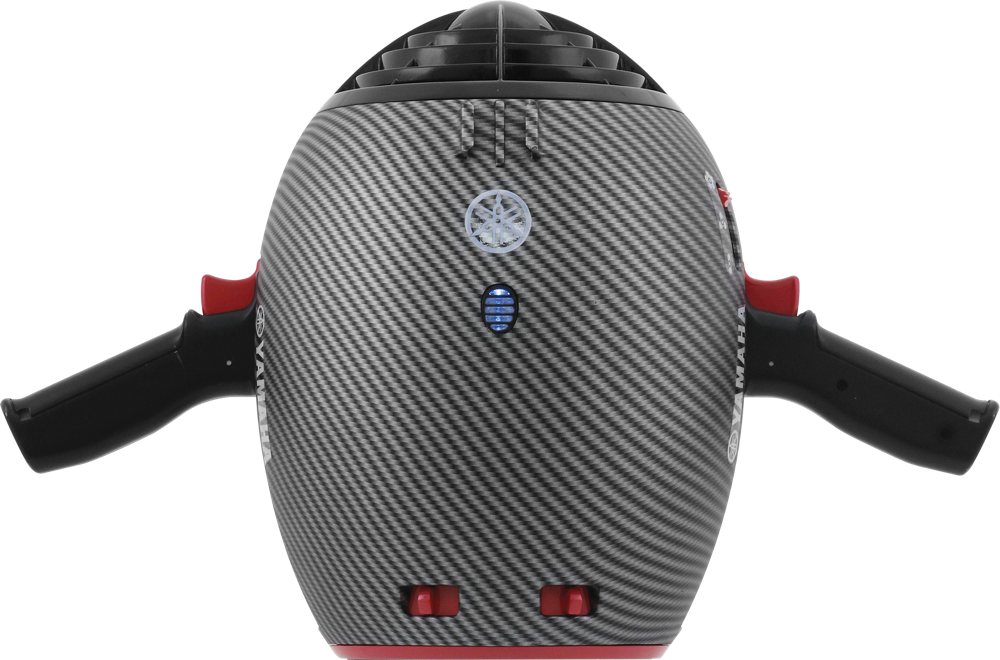 Yamaha Seascooter Jet Pod PRO
Yamaha Seascooter Jet Pod PRO
- Price A$ 1,799.00
-
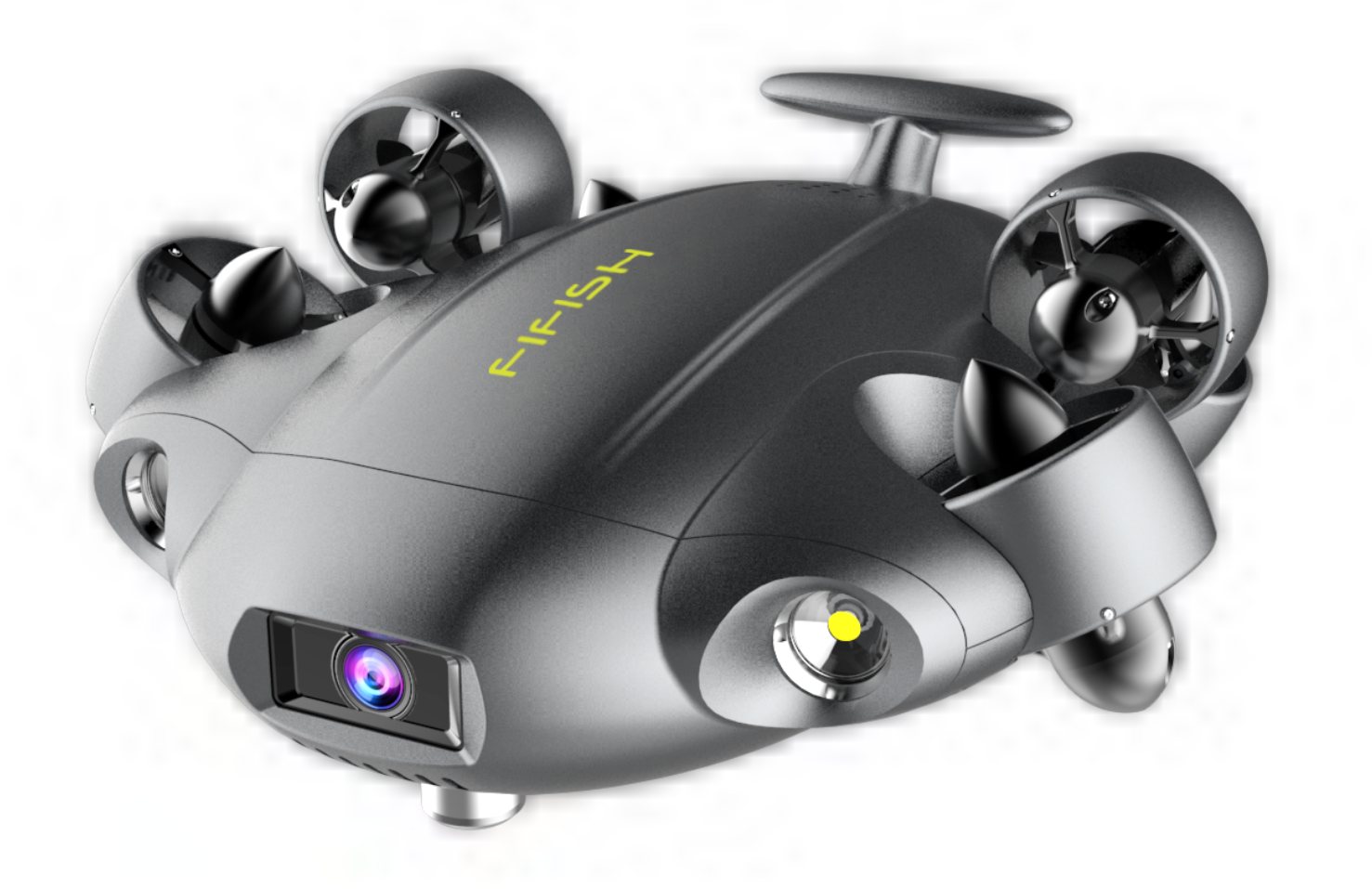 QYSEA Fifish V6 Expert - Underwater Modular Drone Kit
QYSEA Fifish V6 Expert - Underwater Modular Drone Kit
- Price A$ 4,999.00
-
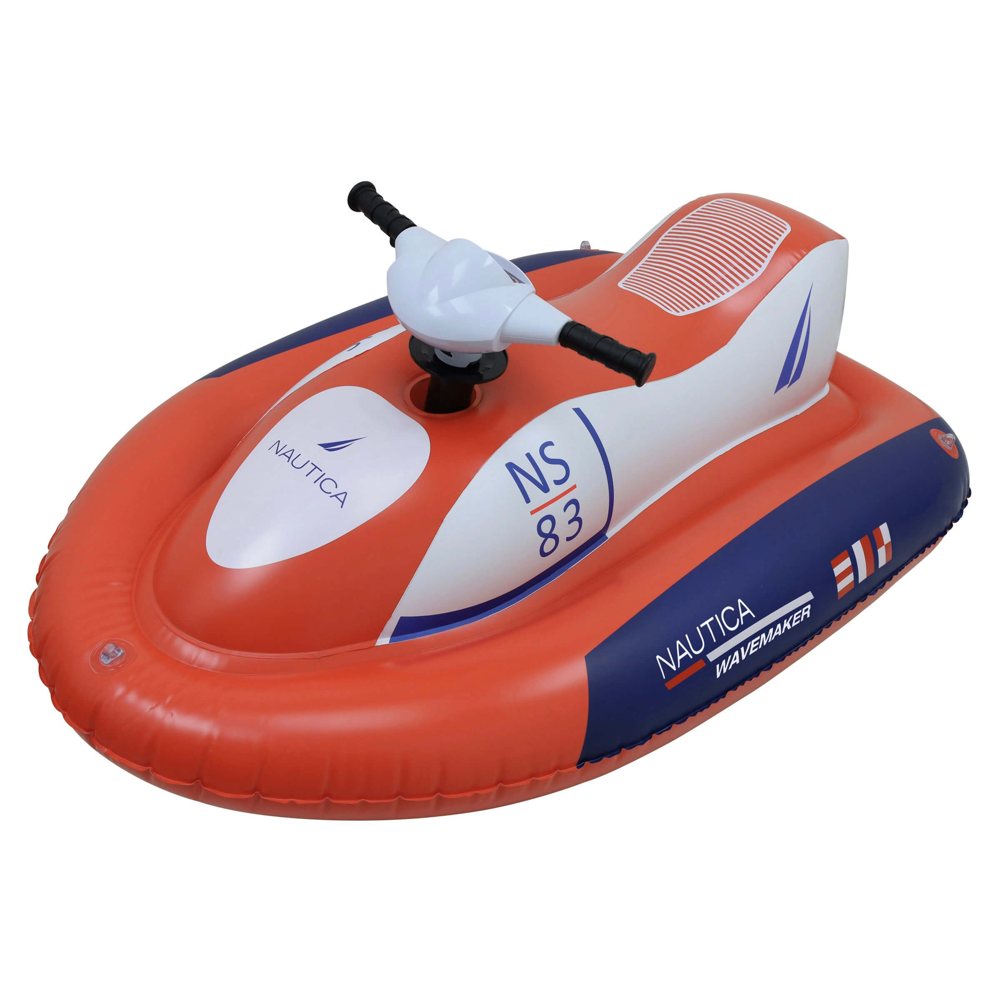 Nautica inflatable Jet Ski Wavemaker
Nautica inflatable Jet Ski Wavemaker
- Price A$ 499.00
-
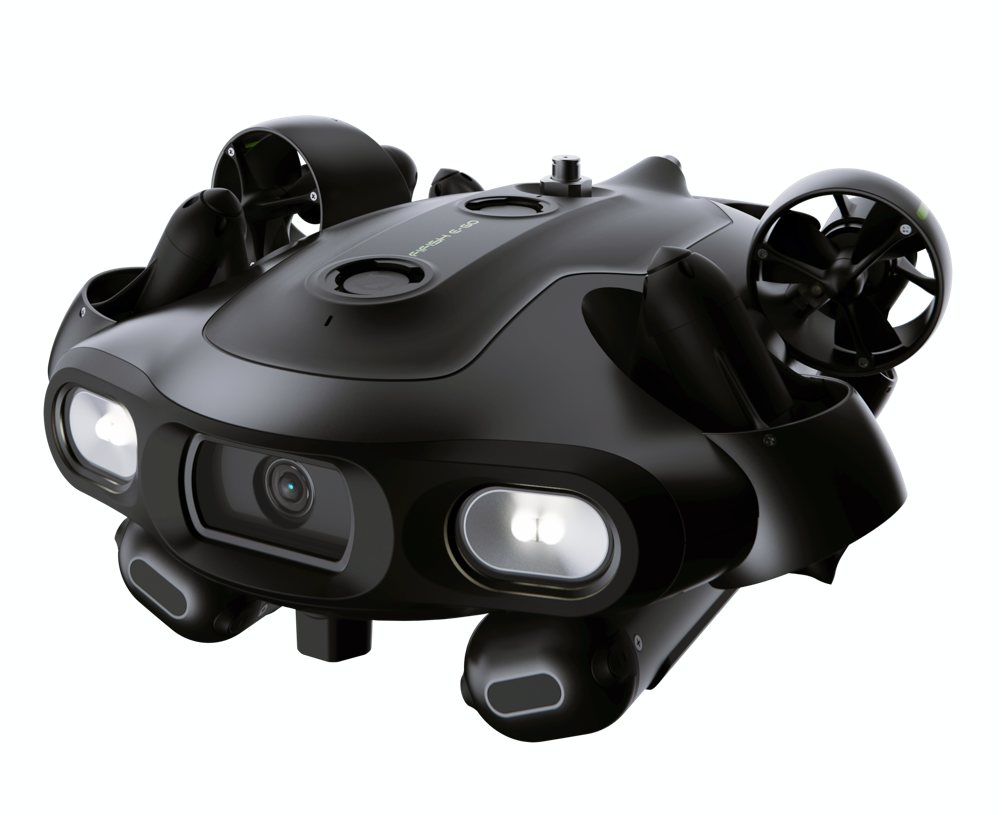 QYSEA Fifish E-GO - Next Generation Underwater Robot
QYSEA Fifish E-GO - Next Generation Underwater Robot
- Price A$ 11,999.00
-
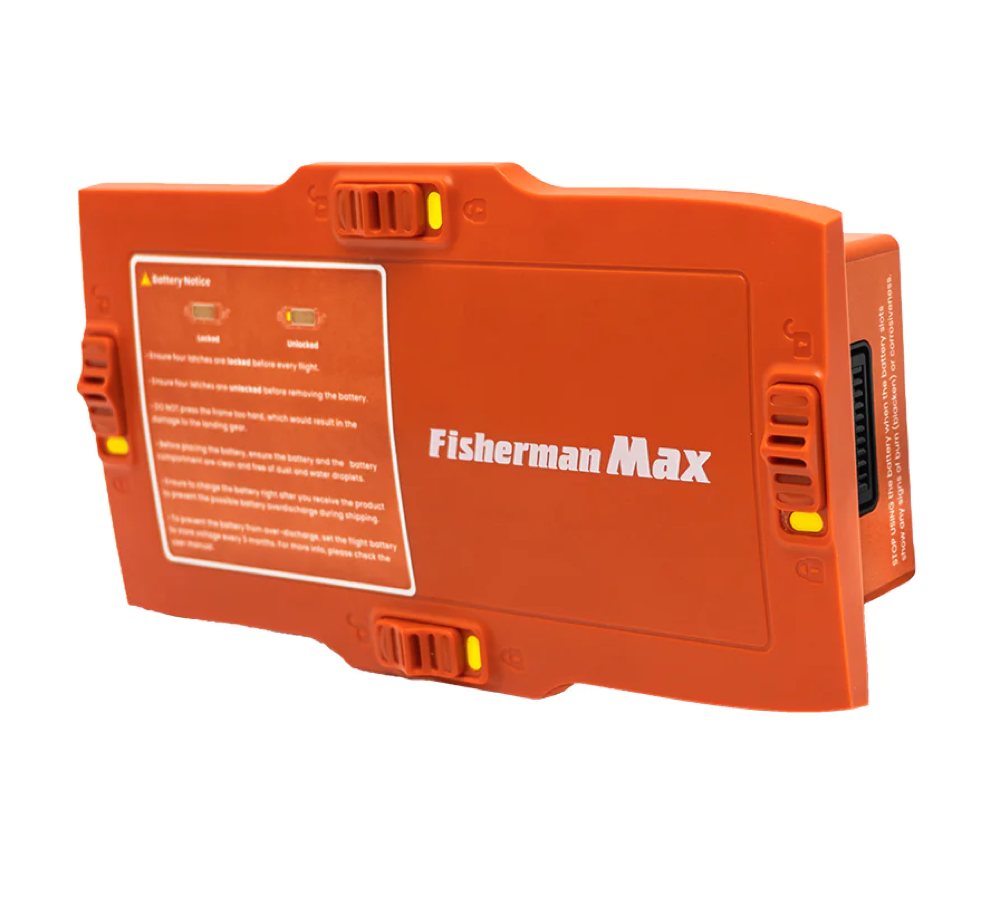 SwellPro Fisherman MAX 4500mAh 6S LiPo Flight Battery
SwellPro Fisherman MAX 4500mAh 6S LiPo Flight Battery
- Price A$ 429.00
-
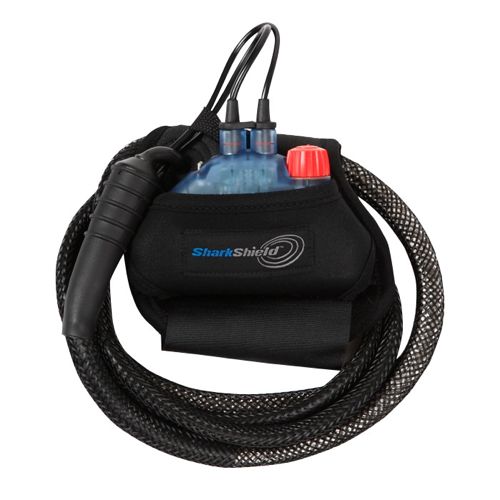 Ocean Guardian - Shark Shield Freedom7
Ocean Guardian - Shark Shield Freedom7
- Price A$ 629.00
-
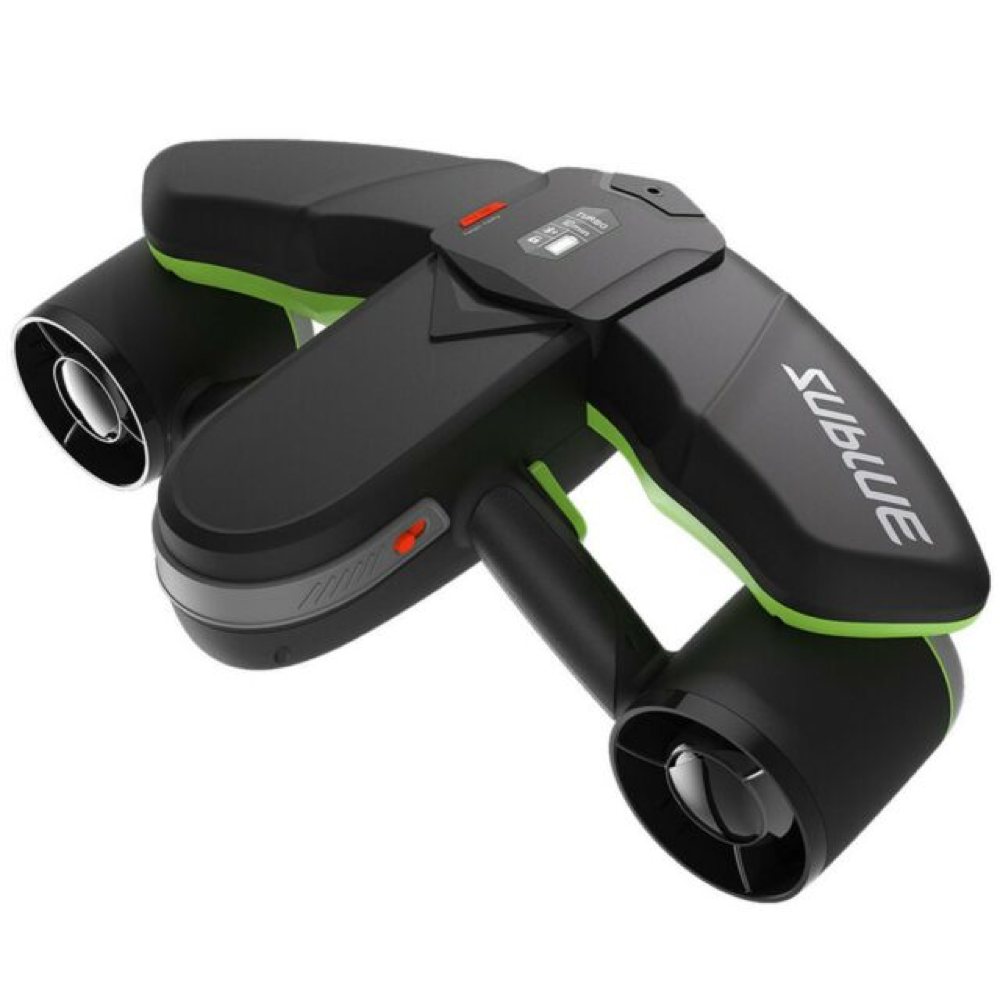 Sublue Navbow - Underwater Scooter
Sublue Navbow - Underwater Scooter
- Price A$ 1,999.00
Articles
-
 Just another day in Byron Bay
Just another day in Byron Bay
- Starting up and running a Divers Retreat here in Byron Bay has been the best decision ever. Talking to our guests about something I am passionate about is just great. You understand their enthusiasm about experiencing something new and of course most of them have fantastic stories to tell themselves on where to go and what they have seen.



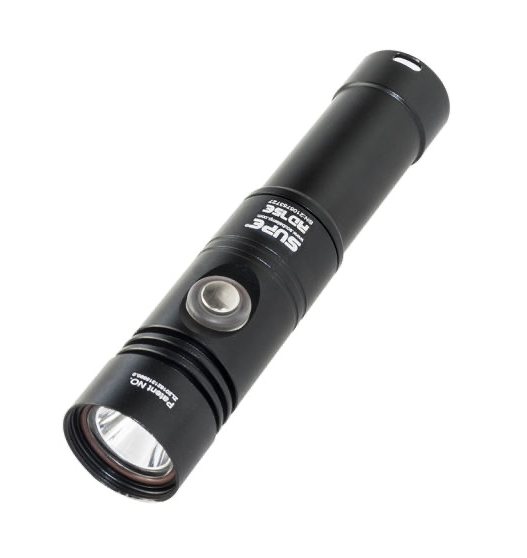 SUPE Scubalamp RD75E LED Recreational Diving Torch - 1200 lumens
SUPE Scubalamp RD75E LED Recreational Diving Torch - 1200 lumens

